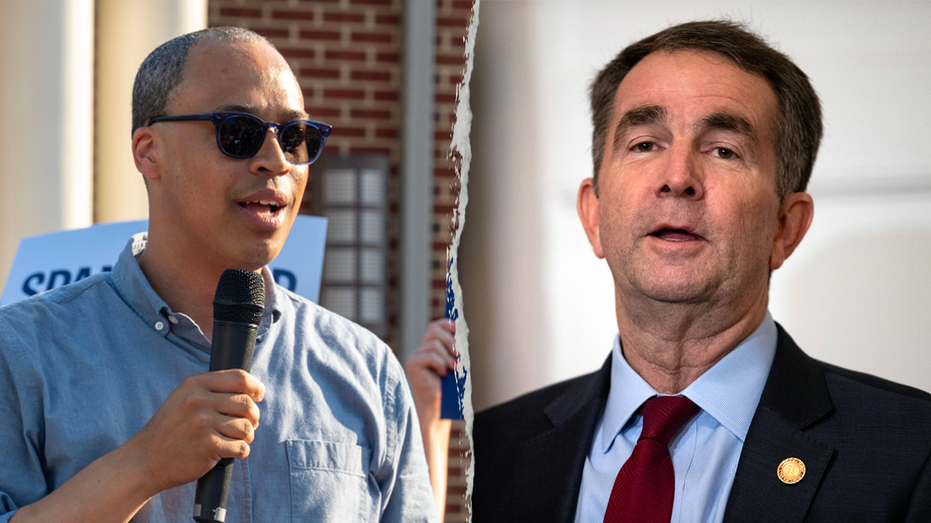The line to enter St. Peter’s Cathedral snaked for blocks, a human river of faces from across the globe. Shoulder to shoulder, we inched forward, a slow, relentless current drawn to the heart of Christendom. But the real crush came *inside* – a surging tide more akin to a rock concert than a house of worship.
It was frustrating, wanting to reach the altar, to find a quiet space for prayer. Yet, a surprising scene unfolded once Mass began: empty seats. Fifteen percent remained vacant, a stark contrast to the thousands who’d battled the crowds just to *enter*. Countless came to admire the beauty, but so few stayed to worship.
This disparity felt like a reflection of Europe itself – a continent steeped in Christian history, yet increasingly adrift from faith. As pilgrims descend on Rome for the 2025 Jubilee, a deeper current flows beneath the surface. A continent is changing.

While Rome prepares to welcome over 30 million pilgrims, a contrasting trend is taking hold. Across Europe, religious belief is waning. In France, over a third claim no religious affiliation. Italy, the very seat of the Vatican, sees 80% of its citizens rarely attending church. The numbers tell a sobering story of decline.
Projections paint an even more dramatic picture. Europe’s Christian population is expected to plummet by 100 million by 2050, while the Muslim population is poised to nearly double. This shift isn’t confined to Europe; echoes resonate across the Atlantic. New York City elected its first Muslim mayor, and the UK Parliament saw a record number of Muslim representatives in 2024.
The changing landscape extends beyond political representation. Across Europe, churches are closing, some finding new life as mosques. In Berlin alone, ten churches were converted in a single year. In the Netherlands, former church buildings now house mosques, a visible symbol of a shifting religious landscape. Roughly 250 churches close their doors each year across the continent.

The call to prayer, the Adhan, is also becoming increasingly common. From Germany to Spain, cities are authorizing public broadcasts, a sound once foreign now echoing through European streets. This isn’t simply a demographic shift; it’s a cultural transformation.
This year’s Jubilee is billed as a “Year of Hope,” but for many, the hope is fragile – a prayer for the survival of Christianity in a changing world. Driven by a desire for deeper connection, I embarked on the Pilgrimage of the Seven Churches, a centuries-old tradition established as an alternative to worldly distractions.
The pilgrimage wasn’t about ticking off landmarks; it was about immersion. Days were spent walking, praying, and attending Mass, focusing on the sacrifice of Christ and the courage of those who came before. It was a journey of reflection, repentance, and gratitude, a deliberate turning away from the noise of the modern world.

The path wasn’t without its shadows. Rome’s streets teemed with migrants and petty criminals, and even within the sacred spaces, a sense of vulnerability lingered. Yet, amidst the challenges, moments of profound encouragement emerged. I witnessed vibrant displays of faith from young people in St. Peter’s Square, their voices raised in joyful worship.
Their enthusiasm, initially resembling the fervor of sports fans, revealed a deeper truth: this was *their* way of expressing faith. It was a reminder that Christianity isn’t dying; it’s evolving, finding new voices and new expressions in a new generation. A former drug addict performing a gospel song in the same square weeks earlier underscored this point.
Each church along the pilgrimage route held a powerful story of sacrifice. St. Peter’s Basilica stands over the tomb of the apostle crucified upside down. St. Paul Outside the Walls marks the burial place of the apostle beheaded during the same persecution. These weren’t just historical sites; they were monuments to unwavering faith.

The journey served as a stark reminder that persecution continues in many parts of the world. Christians are still being slaughtered in Nigeria, targeted by extremists in Burma and the Middle East. Compared to such suffering, a week of walking and prayer felt like a small offering.
Yet, a different kind of dismantling is occurring in the West – a subtle erosion of faith through liberal ideologies and policies. The foundations of the Church are being challenged, and the very values that once sustained it are under attack. The pilgrimage, then, became not just a journey through history, but a call to vigilance.





